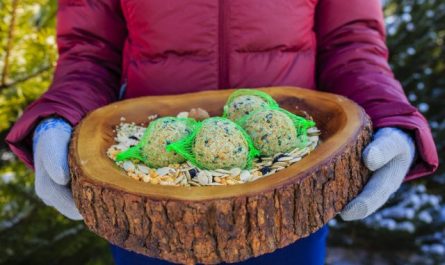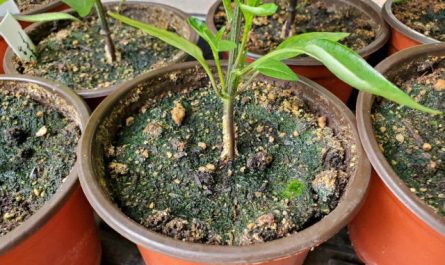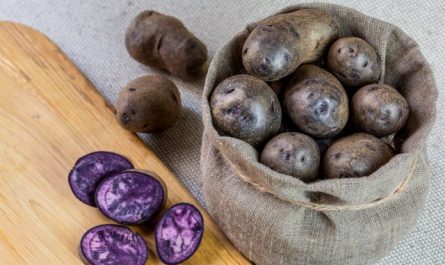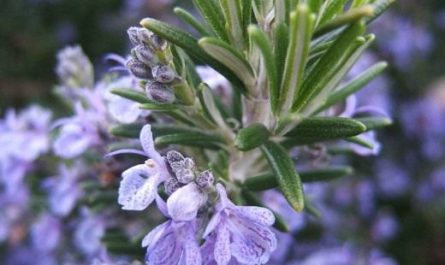Ossetia (sonchus) is a genus of plants in the Asteraceae family. Annual, biennial, or perennial herbs, sometimes woody at the base. The genus includes about 70 species. Sow thistle (Sonchus oleraceus) and Field sow thistle (Sonchus arvensis) are weeds. Sometimes some species of thistle are called sow thistle.

Description of Sow Thistle
The roots are long and well developed (with adventitious buds). The root system of the sow thistle is characterized by its superficial location. The main taproot does not go deeper than 50 cm into the ground. Long horizontal roots extend from it, reaching one meter or more in length, lying no deeper than 6-12 cm. The entire root system of the sow thistle is very fragile, and even small fragments of roots (up to 3 cm long) are able to take root and form shoots.
The sow thistle propagates in crops almost exclusively through the formation of root suckers. The stem is straight, glandular-hairy or bare in the upper part. The leaves are lanceolate-pinnate with triangular lobes, equipped with rounded ears at the base. The upper leaves are entire. The inflorescences are fairly large baskets, up to 3 cm in diameter when open. Sow thistle blooms from July to September. The achenes are oval, flattened, 2.5-3 mm long, 0.75-1 mm wide and 0.4 mm thick. They are dark brown, bluntly rounded at the top, narrowed towards the base, with 5 rather strongly protruding longitudinal ribs. The pole of white simple soft hairs is easily separated from the achenes.
Spread of sow thistle
Almost all of Europe and North Africa, as an alien plant in America, Australia and Japan. On the territory of Russia: all of the European part, the Caucasus, the southern part of Western and Eastern Siberia, the north of Central Asia, the Far East.

Control of sow thistle
Weeding can help in the fight against sow thistle. In spring, the nutrients accumulated in the roots support the growth of the vegetative system of these perennial weeds. In the first 2 weeks, the roots, providing vegetation, are significantly depleted, and only then the emerging vegetative system begins to give nutrients to the roots. If at this point the above-ground part of the plant is destroyed, it will regenerate the vegetative system again at the expense of the roots, weakening them even more. Thus, repeating the weeding of the perennial every 2 weeks, it can simply be completely depleted.
Digging with selection of rhizomes helps against sow thistle, in extreme cases – frequent mowing. In early spring, sow thistle is pulled out by the roots, while it can still be pulled out of the damp soil.
In autumn, if the soil is contaminated with weed seeds, no-till cultivation is used, in which the seeds remain on top (at a favorable depth). The weeds that have sprouted that same autumn or next spring will be destroyed by frost or during the first soil cultivation. But if the contaminated soil is plowed or dug over with a shovel, the seeds will “spread” throughout the entire arable layer, partially germinate, and at a depth unsuitable for germination, they will hide, maintaining germination for up to 20 years or more. Therefore, it is impossible to break up the clods formed during digging.
A simple and easy way to combat unattractive weeds in the garden, between yard buildings and in front of the house is the so-called Moorish lawn – sowing the seeds of flowering and eared perennial wild plants (by the way, they can also be planted by relocating strong specimens from a forest or meadow clearing). It is advisable to keep the soil under the lawn fallow (not seeded) in order to identify the most malicious weeds, and then add compost or complex mineral fertilizer (60-100 g per 1 m2, preferably during a full moon or waning moon). The seeds mixed with sand are scattered along and across the plot.

Healing properties of sow thistle
A thick liquid (milk) is secreted from the stem of the sow thistle, for which it is popularly called “milkweed”. All flowers in baskets have light yellow ligulate petals. Young leaves and stems are edible. It is eaten with great pleasure by domestic animals. It has a strong growth energy.
It grows in all regions on fallow lands, in vegetable gardens, along roads, on the banks of reservoirs, in thickets of bushes; it is a weed plant.
In Chinese medicine, the roots are recommended as a hemostatic agent, and the herbs as a tonic, restorative, and vitamin-rich agent. The juice of the leaves, mixed with egg yolk, was used in folk medicine to treat breast cancer.
To treat jaundice, the herbs and roots of sow thistle are used as a laxative and choleretic. An aqueous infusion of garden sow thistle is drunk for inflammatory processes of the stomach, intestines, liver, lungs, jaundice, hemorrhoids. Fresh and boiled grass is used as a poultice for inflammatory painful seals, chronic gastroenteritis, and tonsillitis.
The roots of sow thistle are used for nephritis.
The vegetative mass of the plant is useful for tuberculosis of the bones and joints, fevers, as an anthelmintic, for urolithiasis, as a diuretic, tonic, as well as for ascites, epigastric pain, hemorrhoids, hemoptysis, as a detoxifying agent for scorpion bites, the leaves are used.

Dear readers, and how do you fight this malicious weed? We are waiting for your recommendations!




















